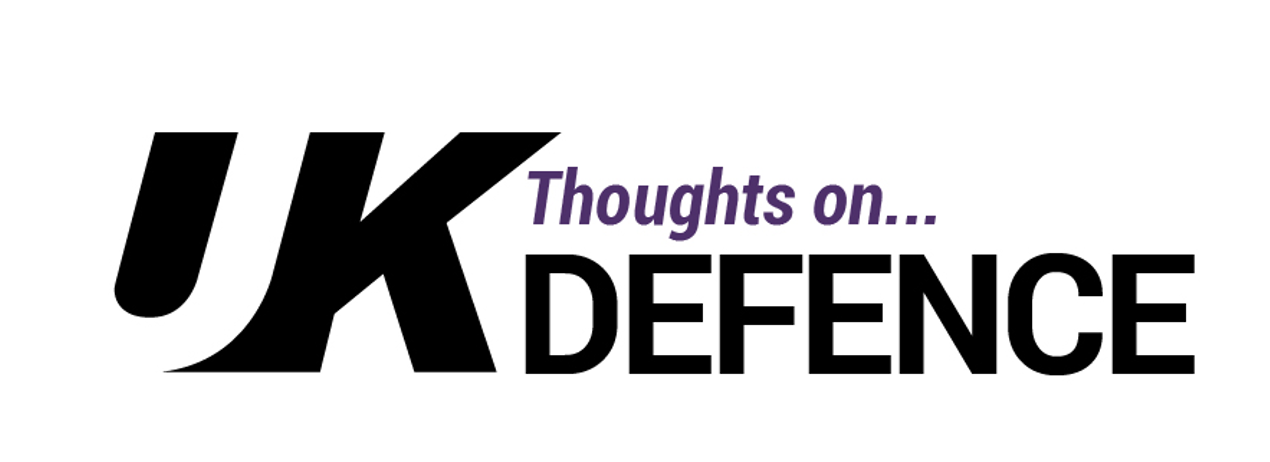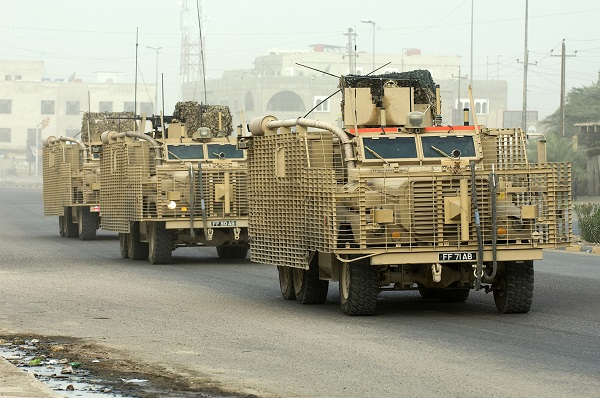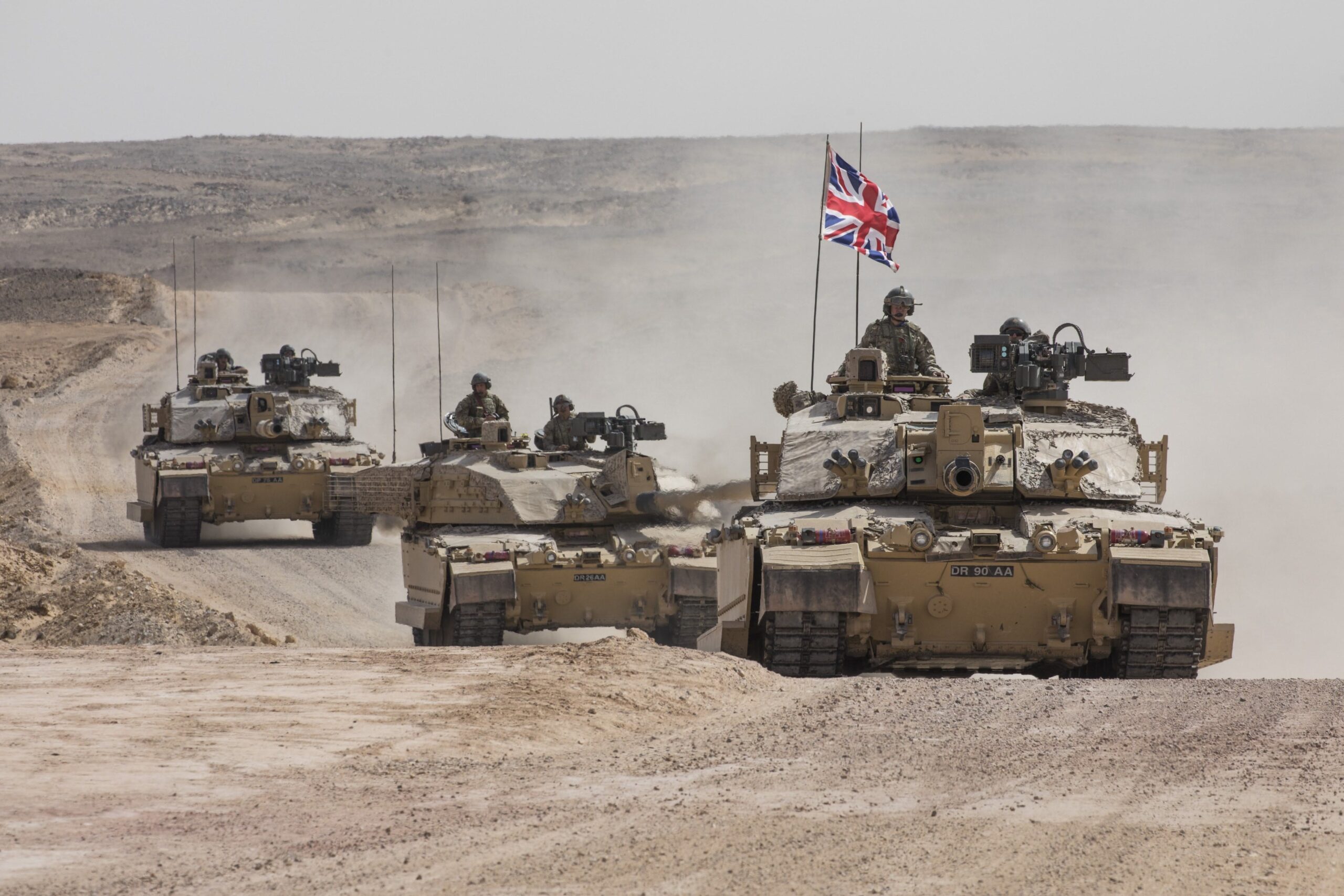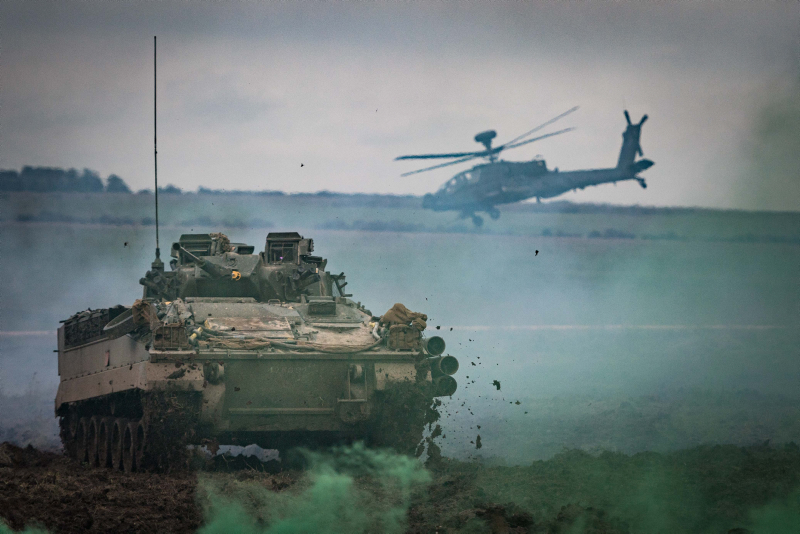As the summer holiday season draws to a close and Whitehall returns to work – albeit in many instances still virtually – the heavy lifting required to close out the Integrated Review in the same timescale as Chancellor Rishi Sunak’s (Conservative MP for Richmond (Yorks)) Comprehensive Spending Review will begin in earnest. Regardless of the myriad speculative stories in the media, difficult choices lie ahead and some disinvestment in existing military capability seems inevitable. @onUKDefence has previously explored how capability holidays could be used to reduce the impact of the cuts. However, another pertinent question might be: are alliances within alliances the answer to military capability shortfalls?
Operating within NATO or US-led Coalitions
Every defence review since Duncan Sandys in 1957 has confirmed the importance of the North Atlantic Alliance. Most recently, the 2015 SDSR stated that “it [NATO] has formed the bedrock of our national defence, and of stability in the Euro-Atlantic area, for almost 70 years.” Alongside this commitment, every British prime minister has recognised the essential nature of the UK’s special relationship with the United States, and affirmed the US as the UK’s pre-eminent partner for security and defence.
Furthermore, in his 7th July 2020 evidence to a recent House of Commons Defence Committee inquiry, Chief of the Defence Staff, General Sir Nick Carter stated:
“It is a reasonable assumption that we will never fight without allies. I also agree with you that we are most likely to fight within a NATO context. I would also agree with you that our most likely partner will be the United States.”
The Times argued in a recent leading article that Britain should press for a rational allocation of responsibilities with its allies. But how realistic is this either within NATO or bilaterally with the US? The strength of NATO is that when it speaks, it speaks with the single and unanimous voice of its thirty member states. Its weakness is its ability to achieve that unanimity in the first place. Getting agreement to a rational allocation of responsibilities across all alliance members would be, at best, a very long, drawn out process.
The issue with the US is different. An allocation of responsibilities suggests some sort of quid pro quo, i.e. I cover your shortfall and you cover mine. As the world’s preeminent military, the US is unlikely to admit to military capability shortfalls, less so accept being beholden to another nation to underwrite them. Of course, that approach doesn’t stop the US accepting offers of niche capability in specific circumstances when is it overstretched, and the UK has often stepped up to the plate in this regard. However, that is a completely ad hoc transaction and fundamentally different to a formal arrangement.
Alliances within Alliances
Could relying on alliances within alliances be the answer to military capability shortfalls? The UK currently has two irons in this particular fire: the Anglo-French Combined Joint Expeditionary Force (CJEF) and the multi-partner UK Joint Expeditionary Force (JEF).
The CJEF is not a standing force, but it is a short-notice, deployable capability with maritime, land air and joint enabling functions. It is designed for use in a wide range of scenarios, up to and including high-intensity combat operations. Given the two nations position as the foremost European military powers within NATO, finding an equitable capability trade-off that is acceptable may be tricky. Both still see themselves as having ’Tier 1’ militaries, and aspire to the maintenance of a ‘full spectrum capability’. Like the US, neither would want to admit to military capability shortfalls. That said, the CJEF construct offers the mechanism for building trust that could lead to a more formal division of responsibility for specific capabilities.
Perhaps a more attractive alliance is the UK JEF. Publicly launched as a NATO initiative at its 2014 Wales Summit, the UK JEF is designed to complement NATO by enhancing the participating states’ ability to cooperate militarily in a crisis and thereby increase their contribution to transatlantic burden-sharing. In addition to the UK, the JEF currently consists of Denmark; Finland; Estonia; Latvia; Lithuania; the Netherlands; Sweden; and Norway. Most of these nations maintain only modest defence forces and tailoring their future procurement to provide a credible balance of military capability across the JEF community and avoid over-investing in certain areas would make sense. It would also offer an opportunity to build expertise in newly developing capability, for example offensive cyber, that could be expanded across the alliance (or indeed NATO) if future demand dictated.
Conclusion
For the UK formally to rely on another nation or nations to plug a gap in its force structure remains a big ask, and, notwithstanding CDS’ views on never fighting without allies, may still be a step too far. Even so, it is certainly an approach that should be explored during the Integrated Review. Reaching a bilateral agreement with the US or France may prove elusive, and seeking consensus across all thirty NATO nations unrealistic. However, the UK JEF could prove more accommodating and would appear to be a better place to start. With some give and take from all members, the UK JEF may prove that alliances within alliances are indeed the answer to military capability shortfalls.






